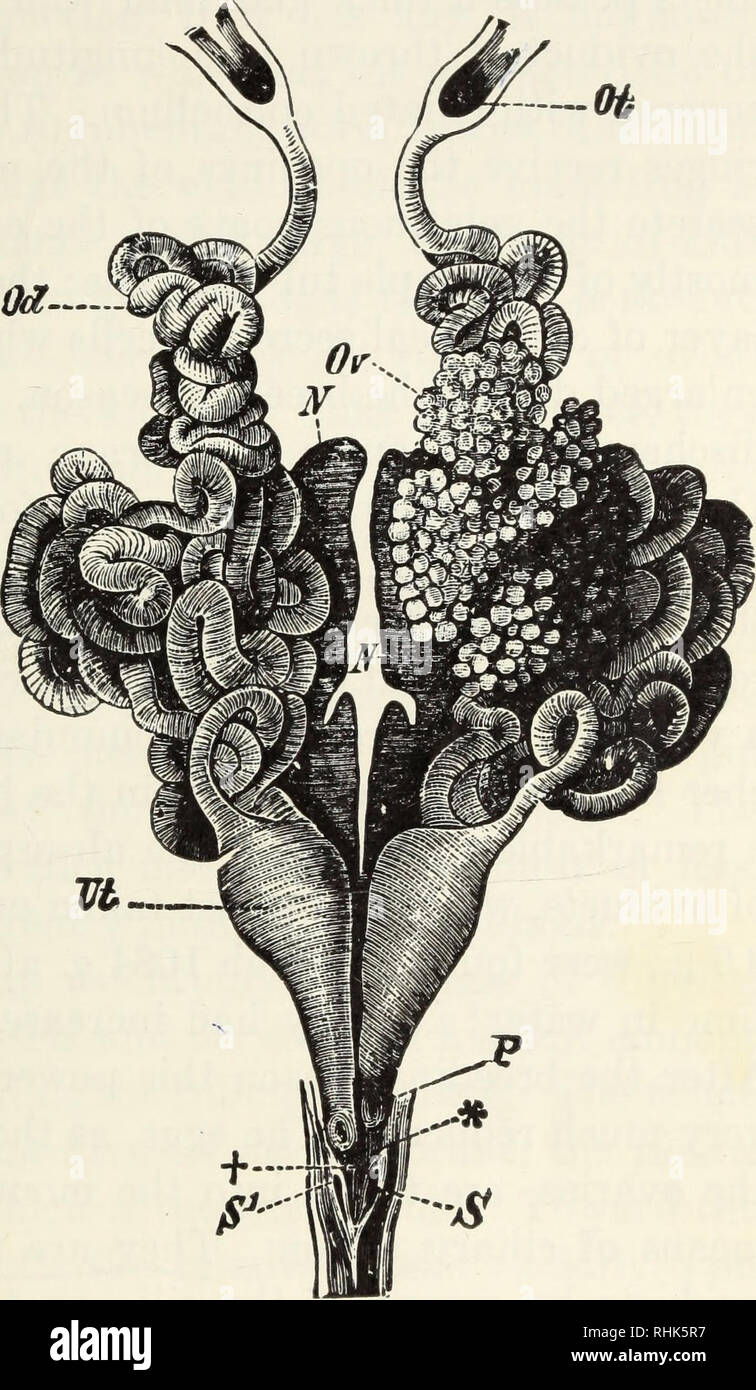

Students know the structures and processes by which flowering plants generate pollen, ovules, seeds, and fruit. The failure of any part can affect the entire system.į. Students know organ systems function because of the contributions of individual organs, tissues, and cells. Students know plants and animals have levels of organization for structure and function, including cells, tissues, organs, organ systems, and the whole organism.ī. As a basis for understanding this concept:Ī. The anatomy and physiology of plants and animals illustrate the complementary nature of structure and function. Kids gardening provides a lesson plan appropriate for younger students.ĥ.Solid scientific background information is found throughout the lesson plan. San Diego State University has posted great lesson plans for a flower dissection followed by a fruit dissection.Some of the terminology differs between what is used on the BBC site and what is typically used in American classrooms. A great cartoon-style interactive flower dissection can be found at BBC Kids.In addition to Gertrude Battaly’s site, other good lesson plans include: For good simple line drawings, see the Web Institute For Teachers, sponsored by the University of Chicago.Texas Tech University’s Plant and Soil Sciences Department provides some excellent labeled photographs of flower dissections.Michele Kilmartin of Shenendehowa High School has good diagrams and photos of a daffodil dissection.The Wikipedia article on flowers has great scientific information about the anatomy and evolution of flowers.To learn more about flower anatomy, see the following websites: The handout I have provided includes only a summary table and conclusion questions. I recommend using her handout for the clarity of the directions. There you will find comprehensive background information, step-by-step dissection directions, discussion questions and more. The best resource that I have found for flower dissections is Gertrude Battaly’s website. Scissors or razor blade (to open the ovary).Some common flowers with clearly differentiated parts include: Sarracenia flower dissection: Image courtexy of Noah Elhardt Almost any flower may be used although the anatomy is more easily distinguished in some flowers than others. Flowers, possibly of several different species for cross-species comparisons.
#Frog ovary parts how to#
Rather than recreate these resources here, My Science Box provides nitty-gritty logistics and resources such as a selected list of great web resources, how to order frogs, what equipment you need, student handouts, and teaching strategies.Ĭan identify the major parts of a plant and flower and describe the function of each part.Ĭan identify the major organs in a frog and describe the function of each organ.Ĭan thoughtfully, safely and respectfully complete an anatomical dissection. There are many excellent lesson plans and dissection guides on the web already. What follows are resources and information for teachers interested in conducting a flower and/or frog dissection. While much can be accomplished by studying living things and their life cycles (see Raising Plants and Raising Trout projects), dissections offer a view of the internal structures and how they contribute to the whole. To learn about the structure and function of living things, it is essential to explore the anatomy of real organisms up close and personal. Leopard frog in duckweed: Image courtesy of Steven Dunlop Sarracenia flower dissection: Image courtexy of Noah Elhardt Sarracenia flower dissection Image courtexy of Noah Elhardt Leopard frog in duckweed Image courtesy of Steven Dunlop To learn about the structure and function of living things, it is essential to.


 0 kommentar(er)
0 kommentar(er)
